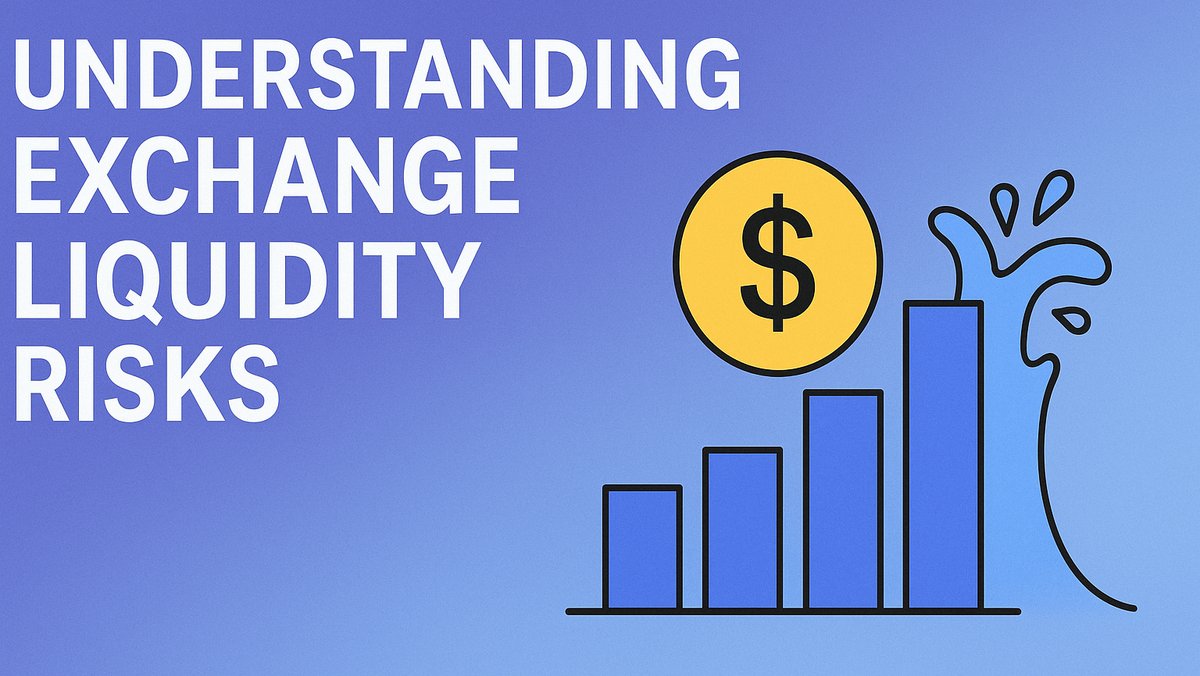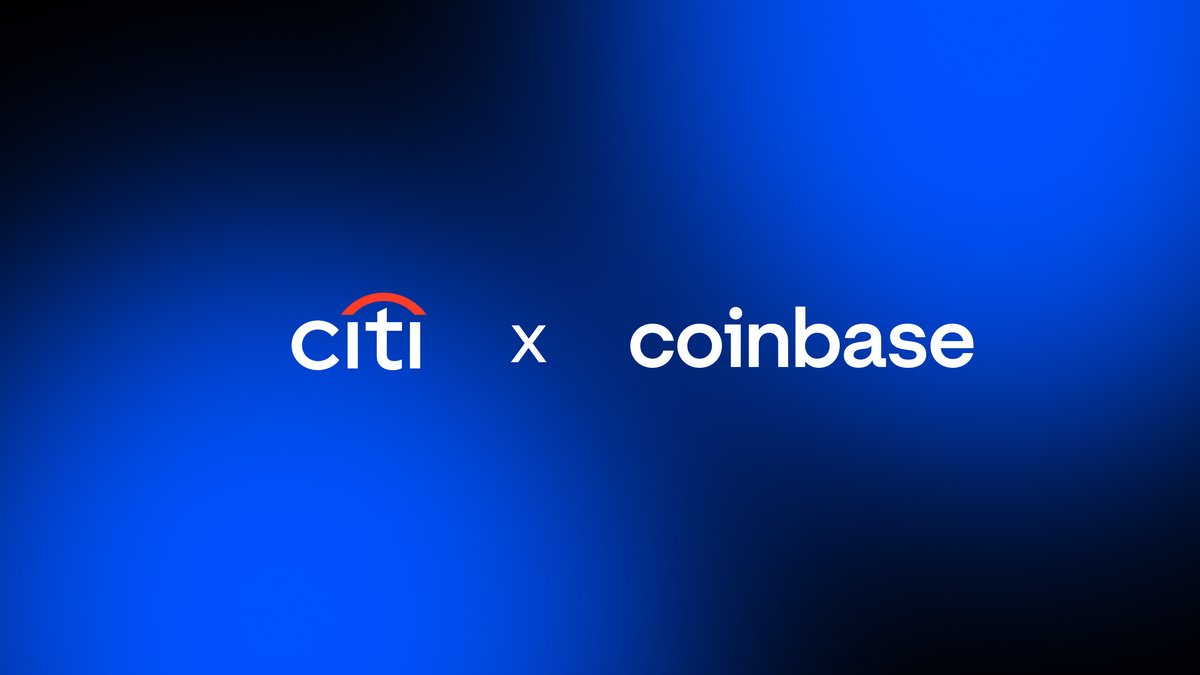Understanding Exchange Liquidity Risks
Liquidity—the ability to buy or sell assets quickly without major price changes—is a cornerstone of healthy markets. In crypto, exchange liquidity risks can impact everything from order execution to investor confidence. This article explores what liquidity risks are, why they matter, and how investors can protect themselves in 2025.
What Are Liquidity Risks?
Liquidity risk arises when an exchange cannot fulfill buy or sell orders efficiently. This may cause slippage, wider spreads, or even suspension of withdrawals. Low-liquidity markets are particularly vulnerable to manipulation and extreme volatility.
Causes of Liquidity Risks
- Low Trading Volume: Fewer active traders reduce liquidity.
- Exchange Solvency Issues: Insolvent exchanges may restrict withdrawals.
- Market Manipulation: Whales can move prices dramatically in thin markets.
- Regulatory Pressure: Sudden legal restrictions can drain liquidity from a platform.
Case Studies
Past collapses, such as FTX in 2022, highlight how liquidity crunches can trigger insolvency. In contrast, exchanges like Binance maintain large insurance funds to reassure users during volatility.
How to Identify Liquidity Risks
- Check daily trading volume and order book depth.
- Monitor withdrawal histories and delays reported by users.
- Review whether an exchange offers transparency, such as proof-of-reserves audits.
Managing Liquidity Risks as an Investor
- Diversify assets across multiple exchanges.
- Avoid keeping long-term holdings on exchanges—use hardware wallets.
- Trade on platforms with strong regulatory compliance and robust liquidity programs.
Future Outlook
By 2025, regulators are mandating proof-of-liquidity standards, requiring exchanges to demonstrate capital adequacy. Decentralized exchanges are also improving liquidity through cross-chain liquidity pools, though they face risks of smart contract exploits.
Frequently Asked Questions
What is the biggest risk of low liquidity? Slippage and inability to exit trades at fair market value.
How can I check liquidity on an exchange? Look at trading volume, spread size, and whether the exchange publishes proof-of-reserves and liquidity audits.
Do decentralized exchanges solve liquidity risks? They improve transparency but may lack deep order books compared to top centralized exchanges.







